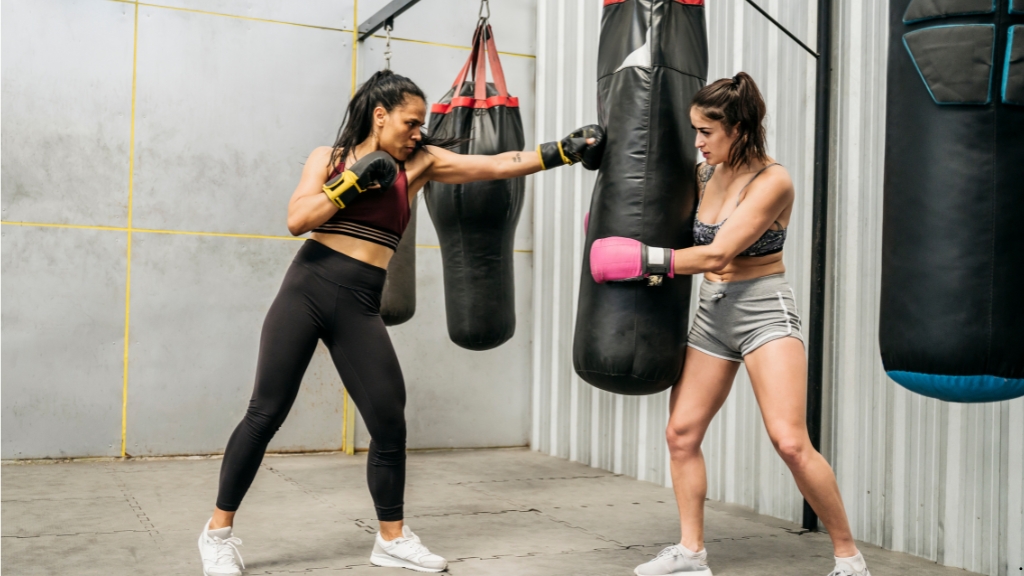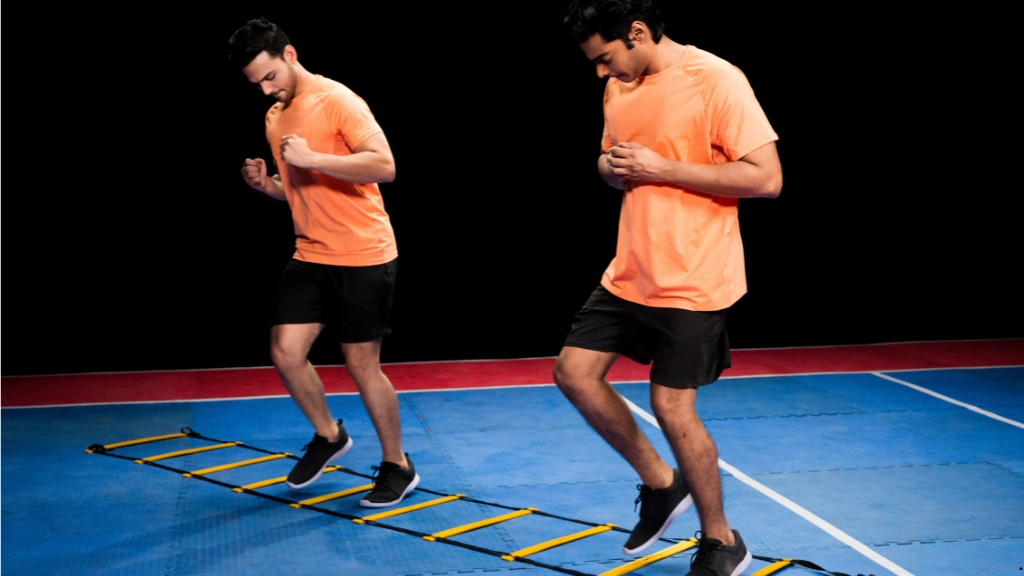Finding the right balance between technical drills and competitive scenarios has always been a challenge in skill development. I’ve seen how focusing too much on one can leave players either overly polished but unprepared for real-game pressure or overly competitive without the foundational skills to thrive. It’s a delicate dance that requires thoughtful planning and execution.
When you strike that balance, though, the results can be transformative. Technical drills sharpen precision and consistency, while competitive scenarios build adaptability and decision-making under pressure. Together, they create a complete player who’s ready for any challenge. In this article, I’ll break down why this balance matters and how to achieve it effectively.
Importance Of Balancing Technical Drills With Competitive Scenarios
Balancing technical drills with competitive scenarios is critical for developing well-rounded players. While technical drills improve precision in individual skills, competitive scenarios test the application of those skills under realistic conditions. Without this balance, performance can become one-dimensional.
Technical drills create structure and enhance muscle memory. For instance, repetitive shooting drills in soccer or basketball can ensure consistency in accuracy. These drills focus on the exact mechanics needed to perform essential actions efficiently. However, relying solely on drills may limit a player’s ability to adapt when gameplay introduces unpredictable variables.
Competitive scenarios introduce decision-making and adaptability. For example, scrimmages or game simulations place players in dynamic environments where they must respond to opponents, timing, and strategy changes. These exercises help translate technical abilities into effective performance during actual competitions. However, overemphasis on competition without foundational skills can compromise technique and efficiency under pressure.
Find a balance to maximize growth. Combining structured technical drills with controlled competitive practices creates an optimal training environment. It ensures players are not only skilled but also capable of adapting and excelling in real-game challenges.
Benefits Of Technical Drills
Technical drills form the backbone of skill refinement, offering targeted improvements in specific areas. These drills isolate techniques to nurture precision, consistency, and muscle memory.
Skill Development And Precision
Technical drills enhance specific aspects of performance by breaking down complex skills into manageable components. Focusing on actions like footwork, passing accuracy, or shooting form sharpens technique and minimizes errors. For example, repetitive ball control drills improve close-contact proficiency, leading to better control during play.
Building Muscle Memory
Technical drills engrain repeated motions into automatic responses. By practicing techniques like dribbling or defensive stances in structured activities, players develop instinctive reactions. Muscle memory enables quicker execution under pressure, translating training efforts into seamless in-game actions.
Fostering Consistency
Drills promote uniform performance by encouraging repetitive practice in controlled conditions. Consistency is vital for reliability in competitive settings, where unpredictable factors challenge steadiness. For instance, consistent free throw drills in basketball ensure dependable scoring in game scenarios.
Advantages Of Competitive Scenarios
Competitive scenarios translate technical skills into practical, game-ready performance. They expose players to dynamic environments that mirror actual gameplay.
Simulating Real-Game Pressure
Competitive scenarios replicate the intensity of real matches. Players experience time constraints, opponent pressure, and high-stakes decision-making. For example, small-sided games introduce fast-paced interactions, forcing quick responses under stress. This exposure conditions players to remain composed and execute skills effectively during high-pressure moments in actual games.
Encouraging Adaptability And Creativity
Changing scenarios develop players’ ability to adjust strategies based on gameplay. Situations like mismatches in team strength or unpredictable tactics encourage creative problem-solving. Players learn to exploit gaps, counter moves, and innovate when play patterns shift. Competitive drills like 3v2 or situational scrimmages improve adaptability, ensuring technical precision complements flexibility.
Enhancing Decision-Making Skills
Game-like scenarios improve decision speed and accuracy. Players analyze situational demands, make tactical choices, and execute swiftly. For instance, drills incorporating split-second passing options or overlapping runs refine judgment. Through repetition, players instinctively identify optimal moves, boosting confidence and effectiveness in competitive matches.
Strategies For Effective Balance
Balancing technical drills with competitive scenarios maximizes player development by ensuring skill refinement aligns with real-game effectiveness. Integrating thoughtful strategies ensures training translates into measurable performance gains.
Incorporating Game-Like Drills
Incorporating game-like drills bridges the gap between isolated skills and dynamic gameplay. I prioritize activities simulating match conditions, like small-sided games, transition drills, and decision-making exercises. For example, 3v3 setups or situational plays like practicing counterattacks reproduce real-game intensity. These drills combine skill execution with adaptive thinking, embedding technical proficiency within practical applications.
Scheduling Training Sessions
Scheduling ensures adequate focus on both technical and competitive elements. I allocate 50–60% of session time to technical drills, emphasizing foundational skills, and reserve the remaining 40–50% for game scenarios. Early-week sessions may focus on precision-building techniques like passing accuracy and footwork, while later sessions transition to scrimmages. Alternating priorities prevents overloading one skill area and sustains balanced improvement.
Monitoring Player Progress
Monitoring player progress provides clarity on training effectiveness. I use performance metrics like pass completion rates, decision-making efficiency, or reaction times during drills and games. Tracking performance in controlled drills highlights technical growth, while evaluating decision responses under pressure during scrimmages measures in-game adaptability. Regular assessments guide adjustments to maintain an optimal skill-application balance.
Common Mistakes To Avoid
Avoiding common mistakes is critical for balancing technical drills and competitive scenarios. Missteps can hinder development and reduce the effectiveness of training sessions.
Overemphasizing Drills Or Scenarios
Focusing too much on either technical drills or competitive scenarios can disrupt developmental balance. Overloading players with drills might refine skills but leaves them unprepared for dynamic game settings. For example, a soccer player who practices free kicks exclusively might struggle in fluid, high-pressure plays, as adaptability isn’t built.
Conversely, prioritizing competitive scenarios without adequate technical work can weaken foundational abilities. Players may excel in game-like situations but lack precision or consistency in execution. For example, basketball players who rely solely on scrimmages might exhibit poor shooting mechanics due to insufficient targeted practice.
Neglecting Individual Player Needs
Failing to address individual player needs undermines personalized growth. Generic training programs ignore differences in skill levels, learning paces, and physical abilities, limiting potential. For instance, a beginner and an advanced player require distinct drill intensities and competitive challenges to progress effectively.
Tailoring training ensures that players with specific deficiencies receive appropriate focus. For example, a volleyball setter struggling with decision-making during plays might benefit more from situational scrimmages than repeated technical drills.
Conclusion
Balancing technical drills with competitive scenarios is the key to unlocking a player’s full potential. While technical drills build precision and consistency, competitive scenarios prepare players to thrive under pressure and adapt to real-game dynamics. By integrating both approaches thoughtfully, players can develop the skills and confidence needed to excel in any situation.
A well-rounded training program doesn’t just refine abilities—it transforms them into practical, game-ready tools. Prioritizing balance ensures players are not only technically proficient but also capable of making smart, split-second decisions when it matters most.


